Light the Lantern for Lantern Festival
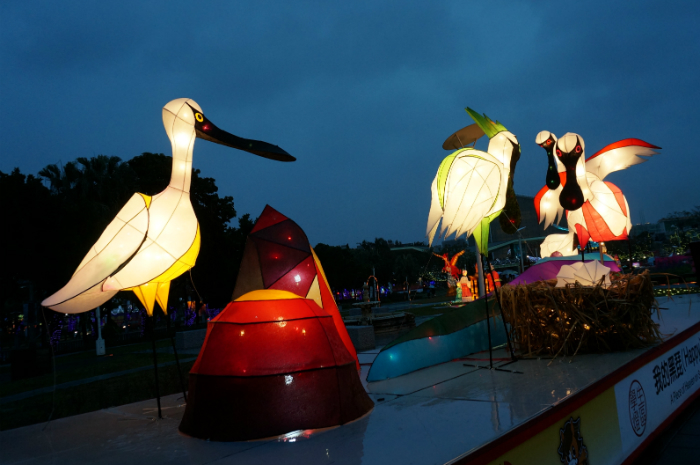
In fifth grade, in the midst of Lunar New Year festivities, I spent hours and hours after school with my friend working on our lantern to enter in a contest held by my elementary school in Taiwan. We made a large lantern shaped like a swan with thick paper-covered wire stems, library paste, rice paper, and—as a creative imitation of feathers—some nonwoven fabric scraps from my uncle’s nonwoven textile factory. These lanterns can range from traditional subjects like mythological figures and the twelve zodiac animals to really anything.
Lantern Festival arrives in this whirlwind of holidays every year and concludes the fifteen-day Lunar New Year celebrations. As the moon becomes rounder night by night, lantern displays abound in Chinese cities. Family and friends gather to eat yuan xiao 元宵 (glutinous rice balls), which are commonly filled with sesame or peanut paste. These white, plump sticky rice balls, resembling the full moon, symbolize reunion, harmony, and prosperity.
The tradition of Lantern Festival began in China’s Han Dynasty (206 BCE–220 CE). It probably became a widely recognized holiday during Emperor Wen of Han’s reign, when he lavishly celebrated on this day the restored peace after some political upheaval. In an earlier origin story, Emperor Ming of Han, who promoted Buddhism, ordered all lanterns kept aflame on this day in order to pay respect to Buddha, following Buddhist monks’ practice of viewing Buddhist relics on the fifteenth day of the first month. Daoist monks also lit lanterns at the first full moon.
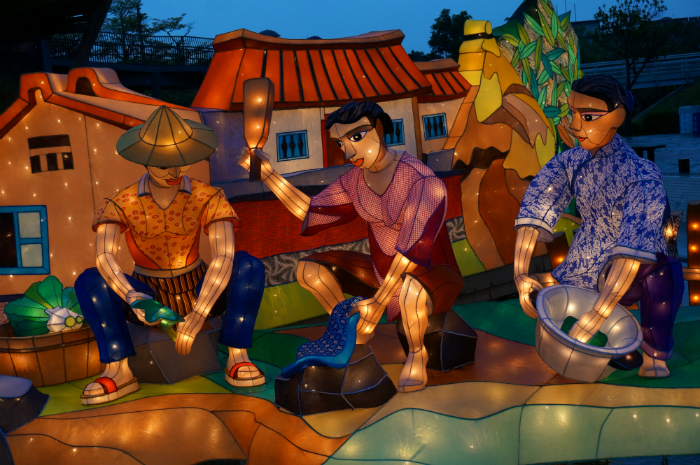

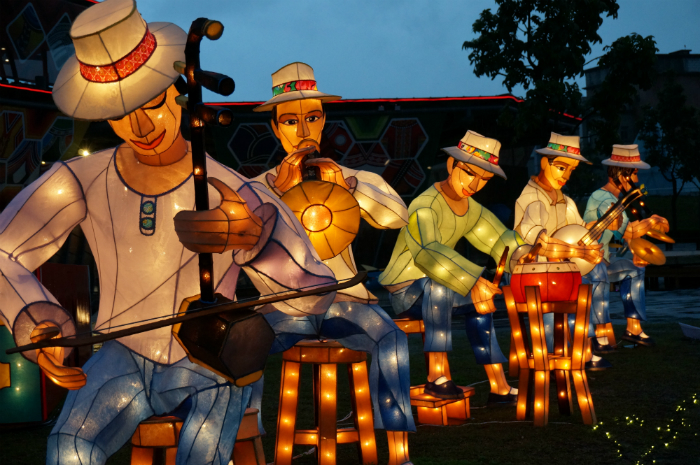
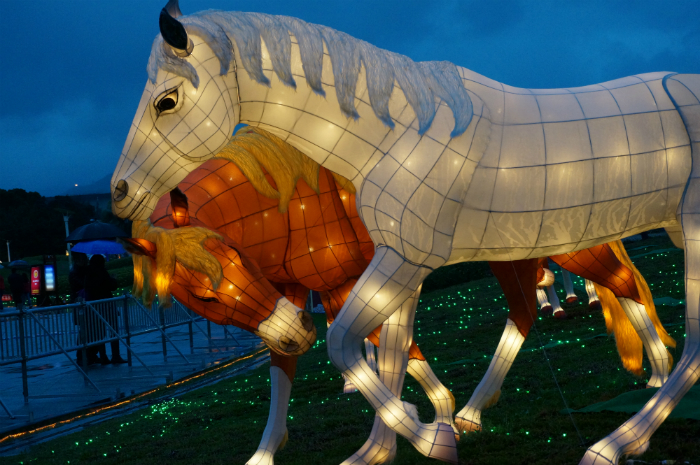
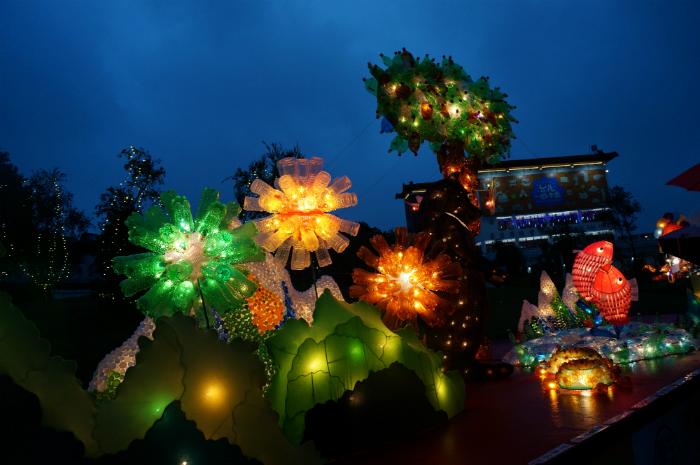
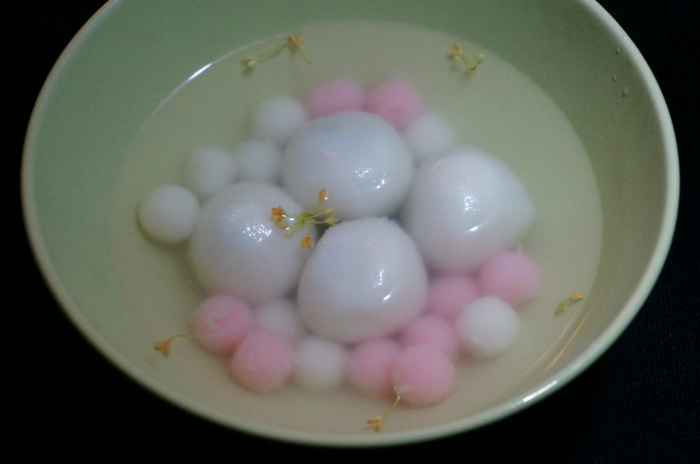
It is hard to trace the exact origin of Lantern Festival, and there are even more folktales associated with it. One of my favorites involves a weeping lady-in-waiting named Yuan Xiao (same as the Chinese name of today’s Lantern Festival and the glutinous rice ball). She was on the verge of committing suicide because she never had the means to return home, and a wise court scholar-official decided to help her. The story ends with a glamorous, exuberant lantern festival in the imperial capital on the fifteenth day of the year, and Yuan Xiao’s family members appearing among the bustling crowds.
In 2014, Lantern Festival is February 14 (fifteenth day of first lunar month every year). I am not making another elaborate lantern this year, but I might practice the custom of flying a sky lantern. Another traditional festive activity is solving riddles (cai deng mi 猜灯谜), which are written on lanterns.
An example:
“A house with three doors; only half of a person dwells within.” (Guess an article of clothing.)
[Answer: pants]
Many riddles play on Chinese characters, rendering them impossible to translate. For example:
“Fifteen days.” (Guess a Chinese character.)
[Answer: 胖 (pang; literal meaning: fat)]
To understand this one, you split the Chinese character into two halves. The left side is月 (yue; literal meaning: month/moon), and the right side is 半 (ban; literal meaning: half). Do you see the logic now?
Upcoming Lantern Festival Events
February 12–14 Chinese New Year Lantern Viewing at the Chinese Garden in Portland, Oregon
February 15 Lantern Festival Celebration at Seneca Valley High School in Germantown, Maryland
February 15 Lantern display and parade at E Broadway and Market Street in New York City
February 16 Chinese New Year Lantern Celebration at Navy Pier’s Crystal Gardens in Chicago
January 6–February 17 Chinese Lantern Festival at Fair Park in Dallas, Texas
March 1 Los Angeles Lantern Festival at El Pueblo Historical Monument in Los Angeles
If you cannot make it to one of these celebrations, don’t worry! The 2014 Smithsonian Folklife Festival program China: Tradition and the Art of Living will feature Chinese traditional festivals through the seasons.
Joan Hua is program assistant for China: Tradition and the Art of Living for the 2014 Smithsonian Folklife Festival.

